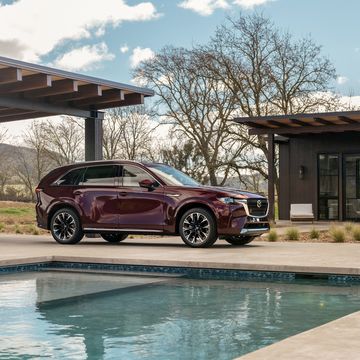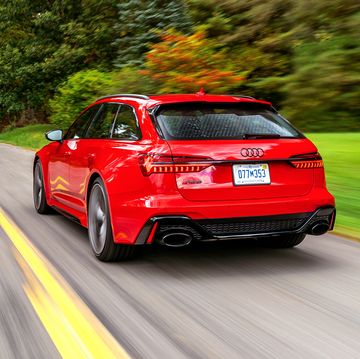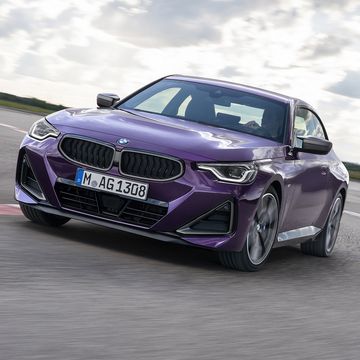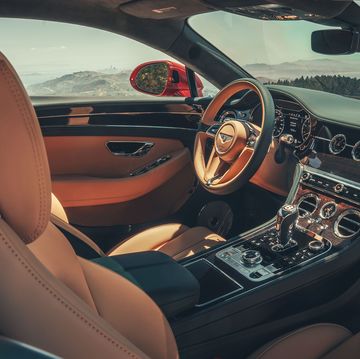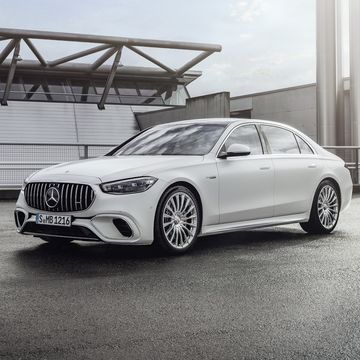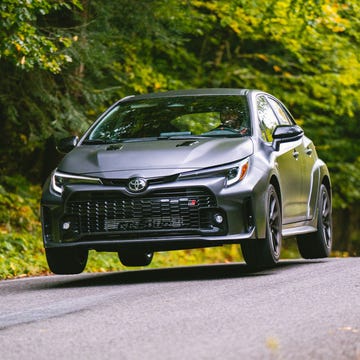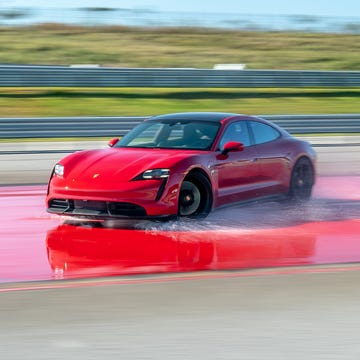I delight in calling the RAV4 EV the "Grande Dame," and for good reason. The first of her kind evolved from California's Zero Emission Mandate back in the late 1990s. Toyota produced the RAV4 EV between 1998 and 2003, its first four years focusing on fleet usage. There are now some 1500 in operation in the U.S. Our local electric utility, Southern California Edison, has accumulated hundreds of thousands of miles with its fleet RAV4 EVs, fairly common sights in our region.
Most RAV4 EVs were leased, but for a period in 2002–2003 Toyota sold some 240 of them at a base price of $42,000 — when a conventional RAV4 could be had for as little as $16,500 back then. And, to put EV costs in perspective, it's likely the RAV4 EV was the most costly Toyota ever offered to the public. An estimated production cost of $100,000 each isn't considered out of line.
In fact, such is their popularity today among EV buffs that the cars have gained residual value reflecting their real cost, not a paltry mid-$40K transactional price. One car is said to have recently sold on eBay for $71,000.
So what's a Grande Dame like to drive? In a word, pleasant. At 0–60 mph in 16.1 seconds, she's anything but quick. On the other hand, the RAV4 EV doesn't get swamped by traffic — and remember, the old dear is almost a vintage car by EV standards. With a top speed governed to 78 mph, the car is freeway-capable provided one doesn't expect to accelerate into that open slot in the next lane.
Handling would be familiar to any conventional RAV4 driver. Indeed, as with more than a couple converted cars we've driven, a low battery placement tends to give a ballasted yet planted feel. Though hardly quick, the RAV4 EV's 58.9 mph isn't far off other SUVs' slalom.
Batteries are tried-and-true nickel/metal hydrides manufactured by Panasonic Energy. As is typical, they're arranged in modules, 24 of them, each consisting of 10 cells. Southern California Edison's Ed Kjaer tells me some of his RAV4 EV battery packs have lasted almost 10 years and as much as 100,000 miles. His own EV has passed 75,000 miles and is still performing like a Swiss watch, only cheaper.
The car's EPA city/highway numbers are 106 miles/130 miles, respectively. Users report covering 90 to 100 miles in typical suburban driving; we're estimating a performance-stressed range of 90 miles. Again, typical of just about all EVs, in real life we'd drive with an eye on the dashboard SOC (state of charge) gauge and a cautionary thought about working unplanned side trips into our regular routine.
Toyota has recently set up a program with the city of Portland, Oregon, in which four refurbished RAV4 EVs will be shuttling people from mass-transit terminals to downtown and suburban locations. So the Grande Dame's reign is far from over.


